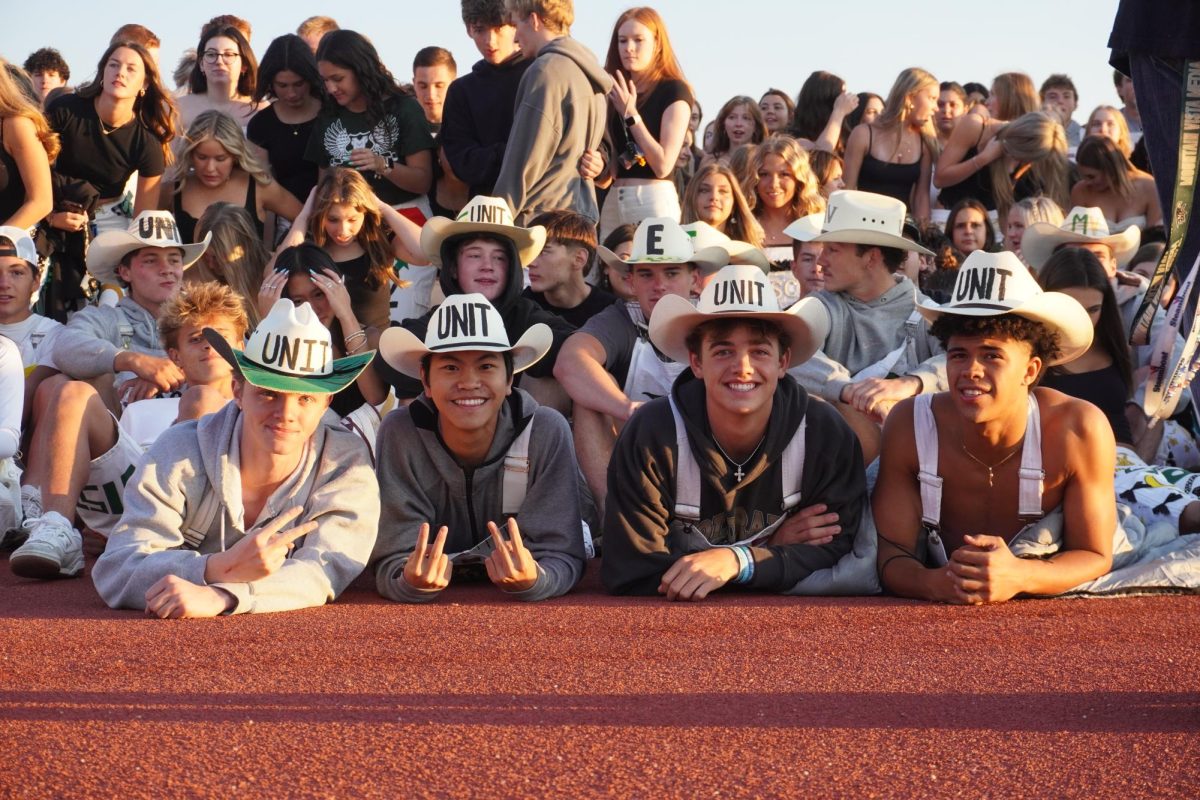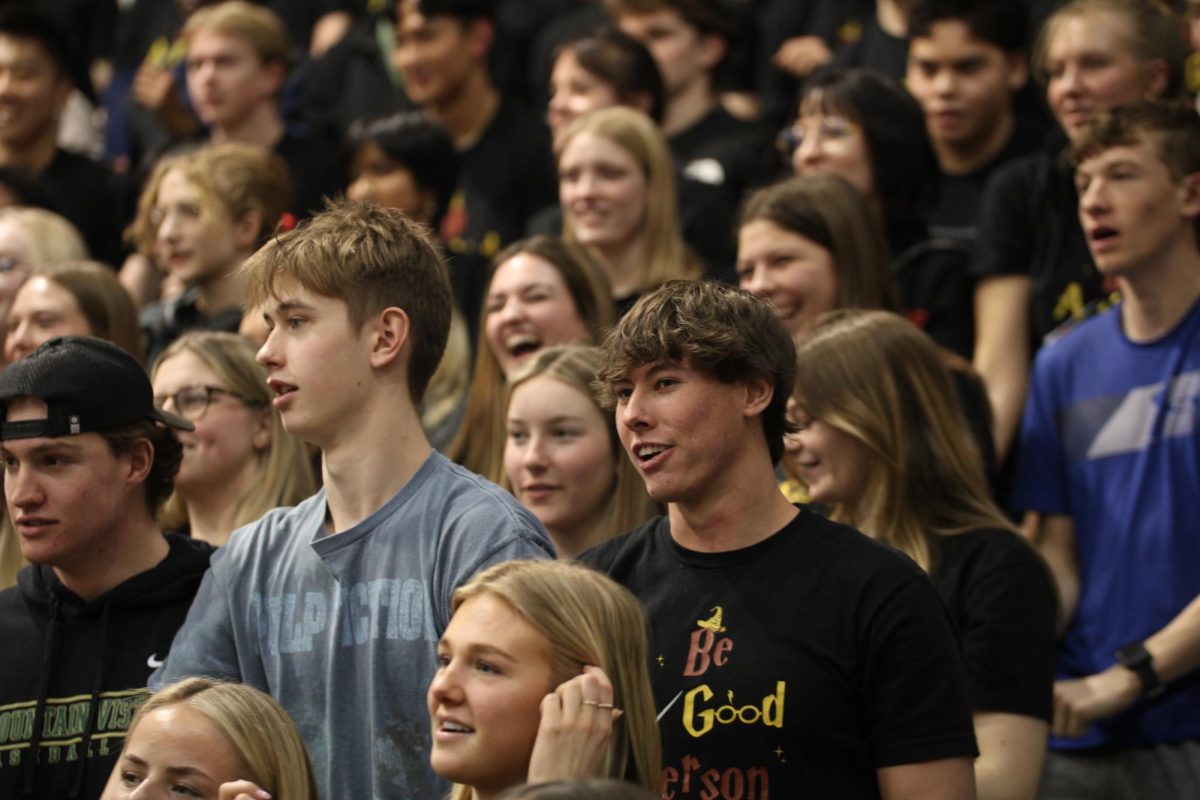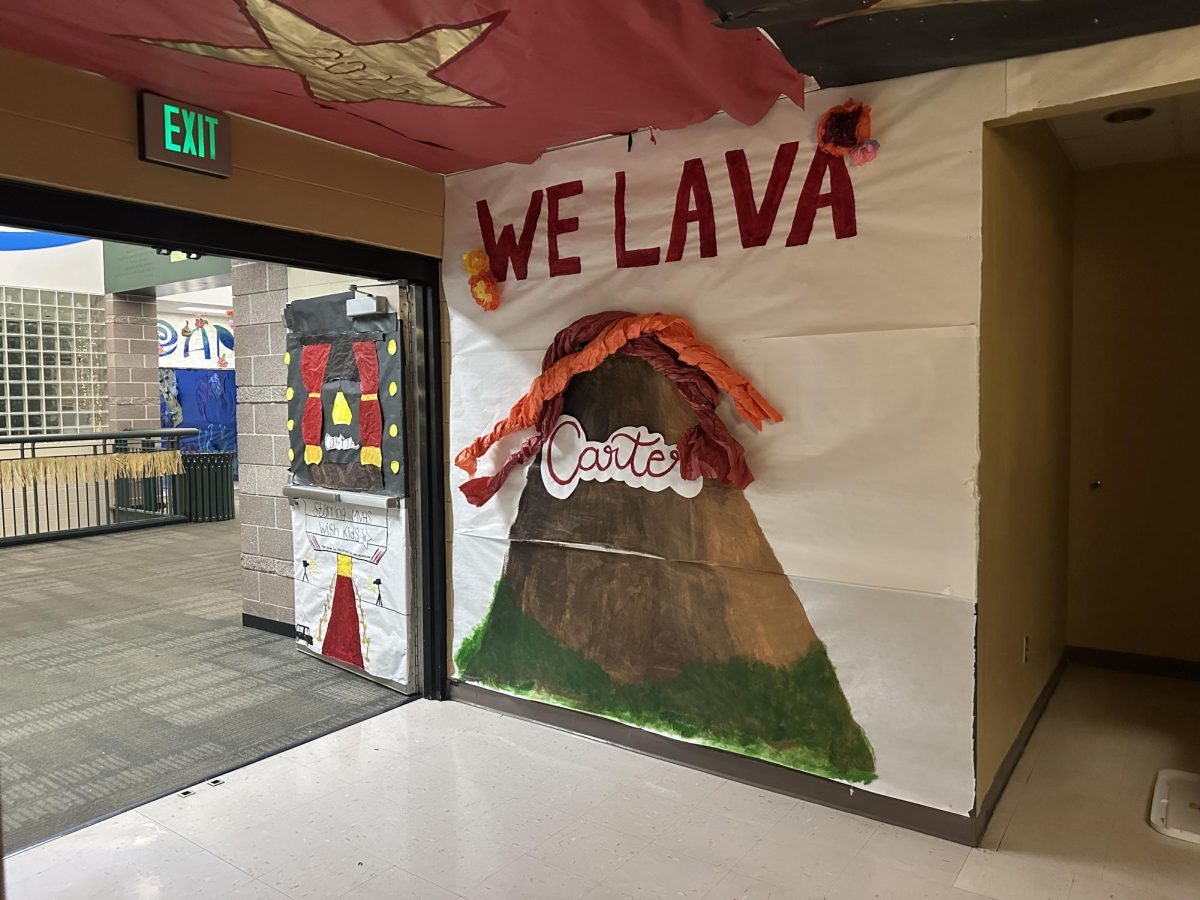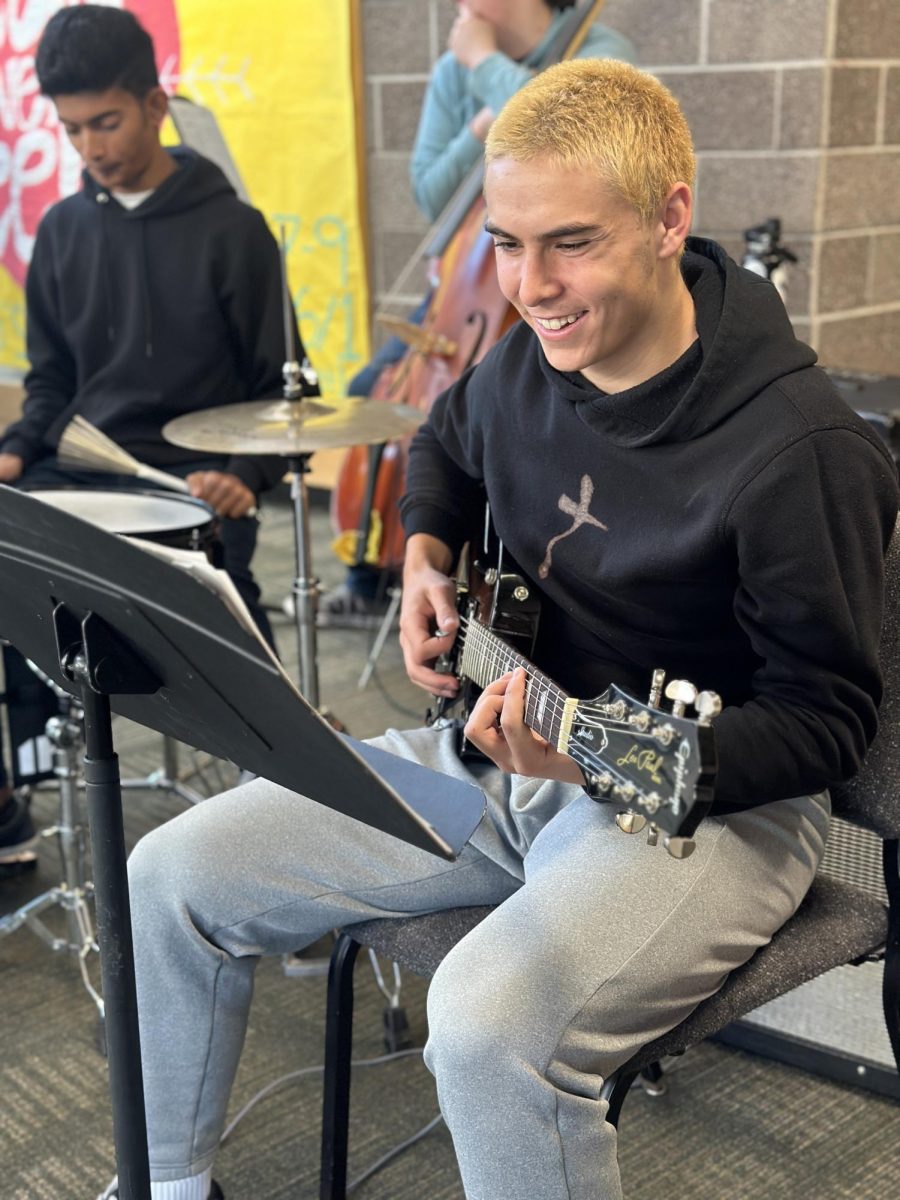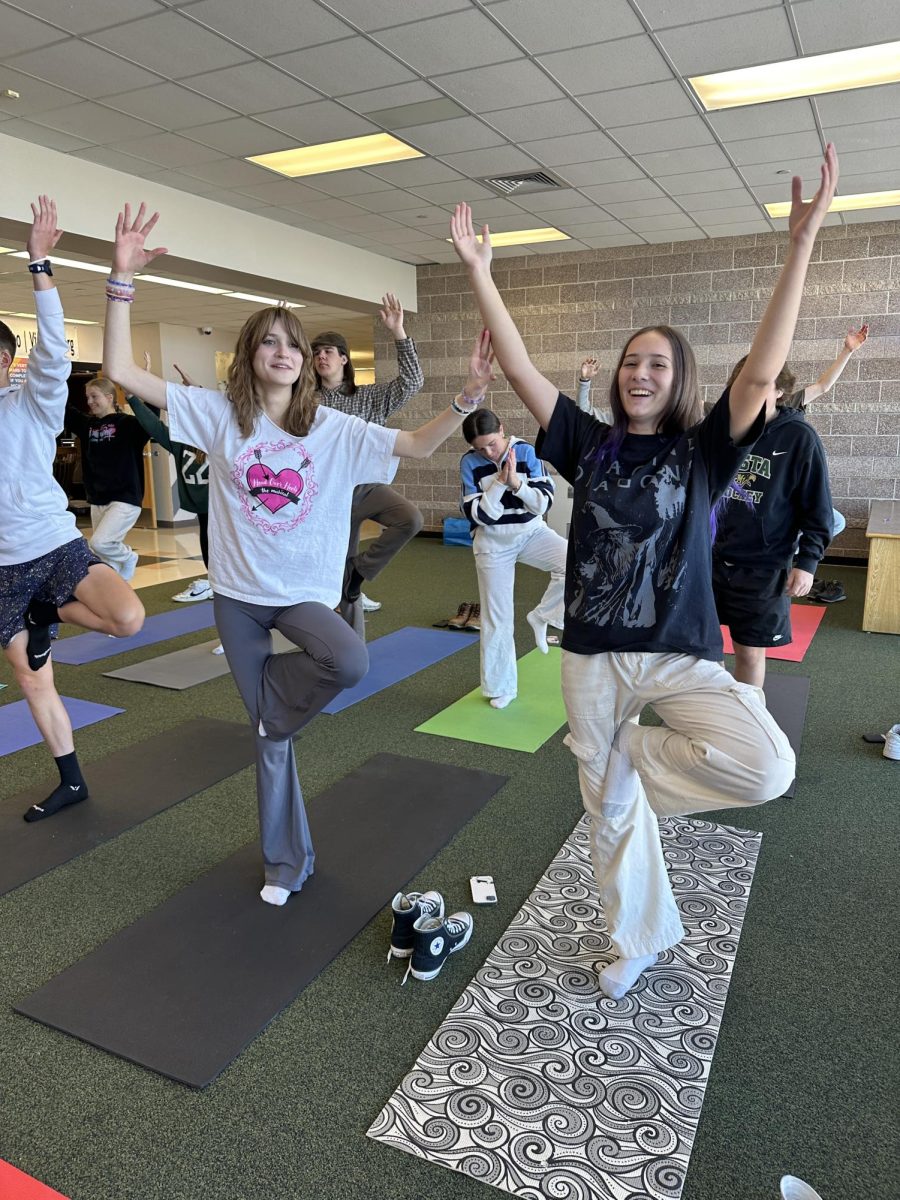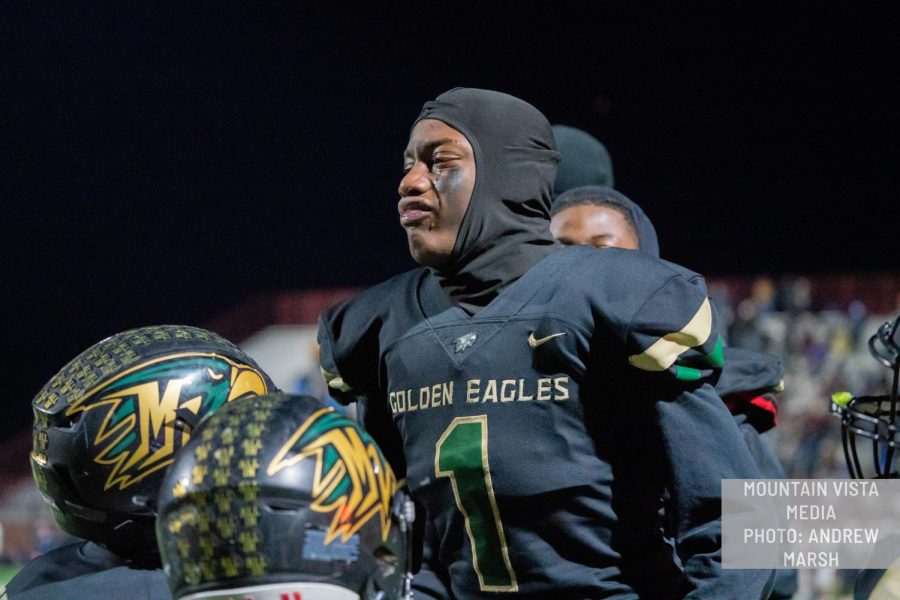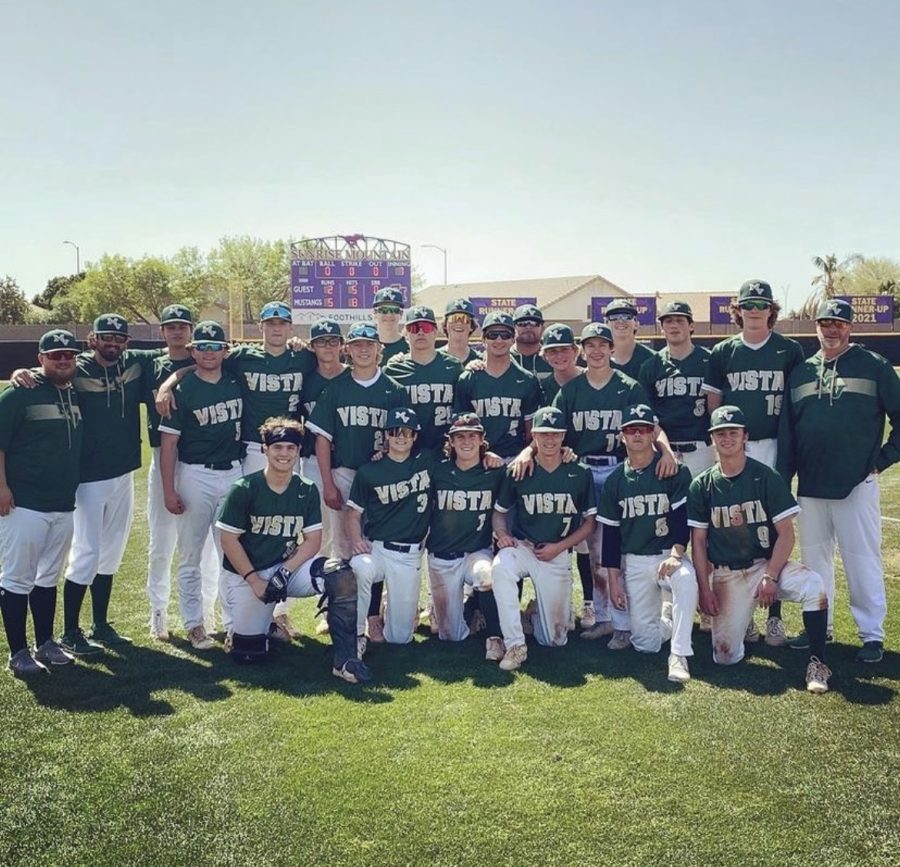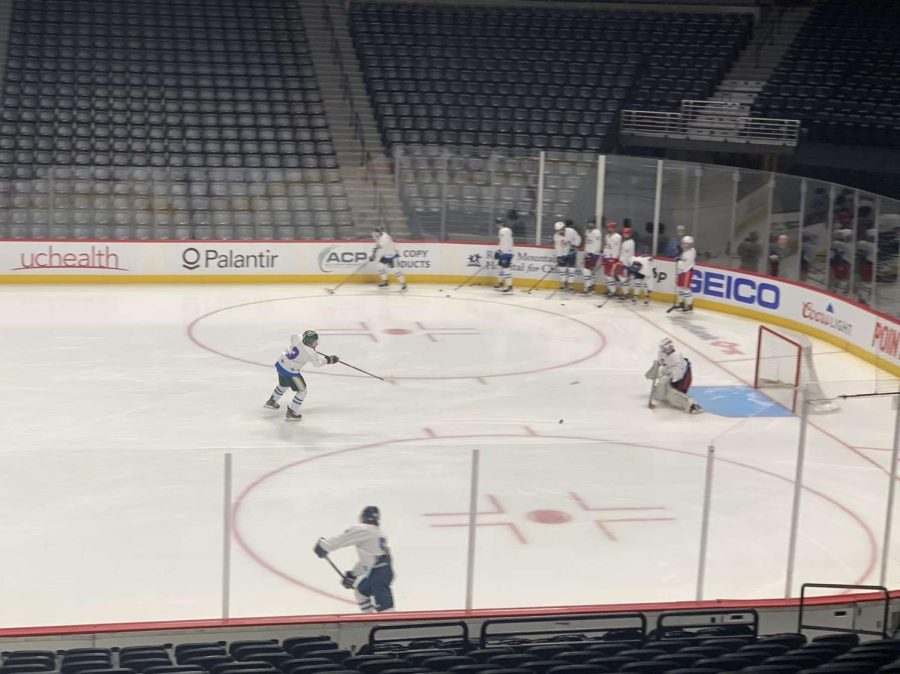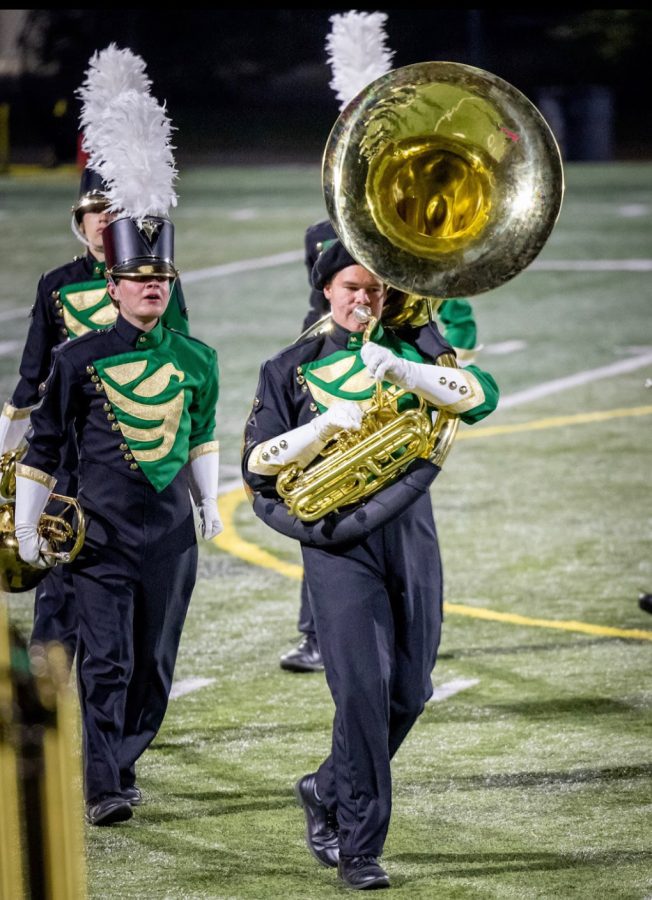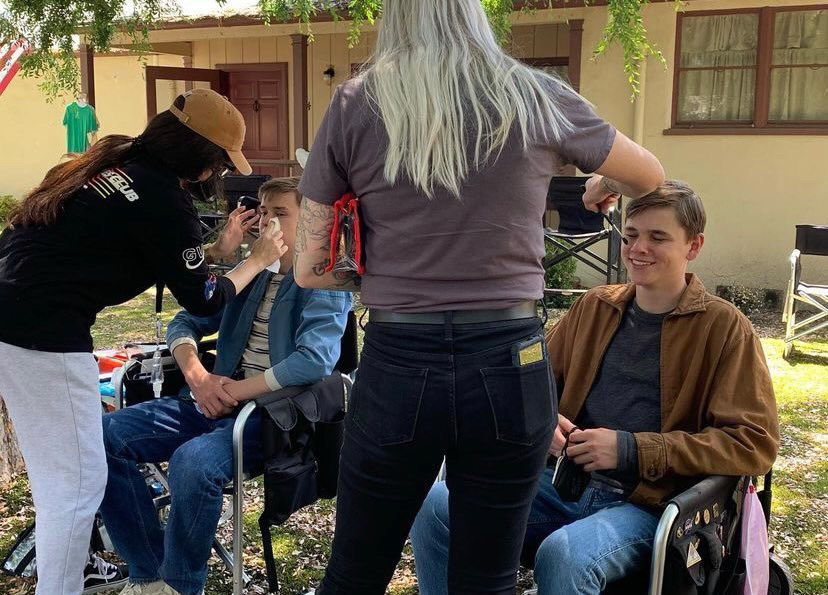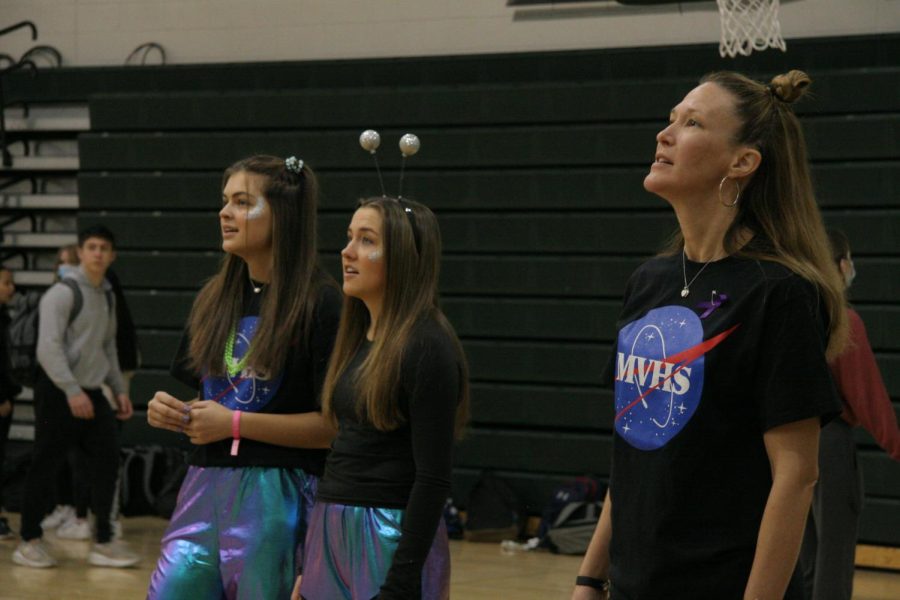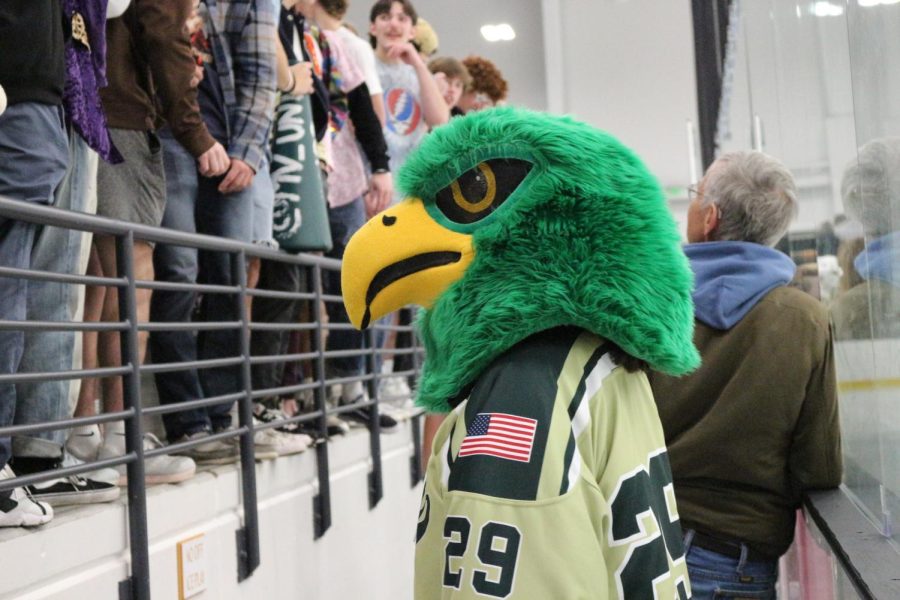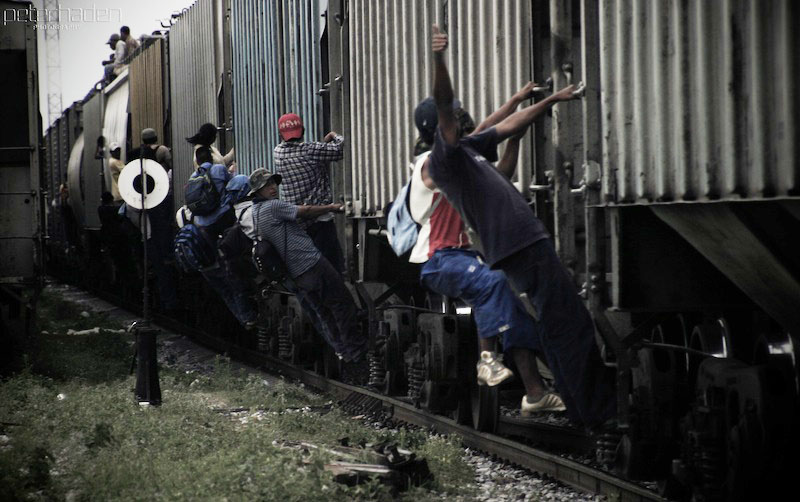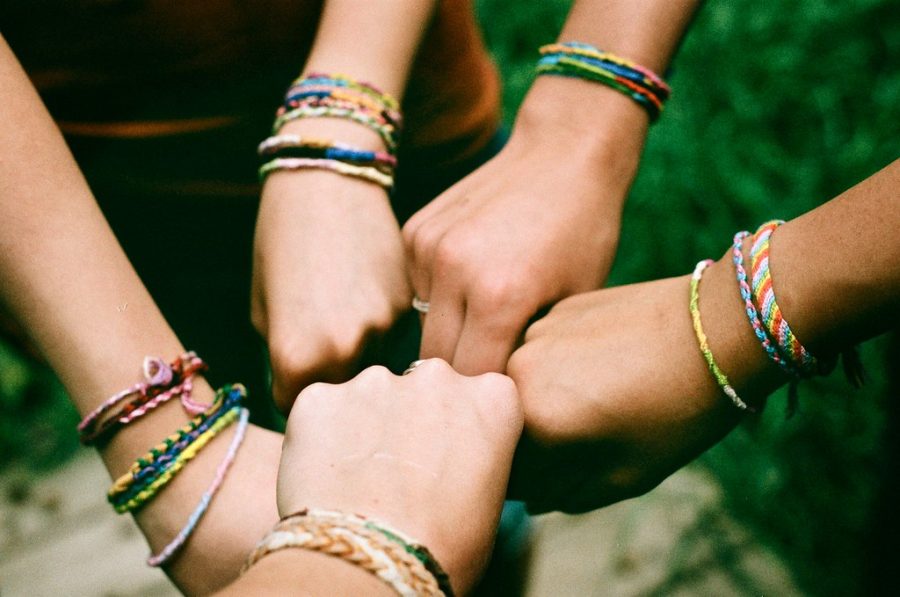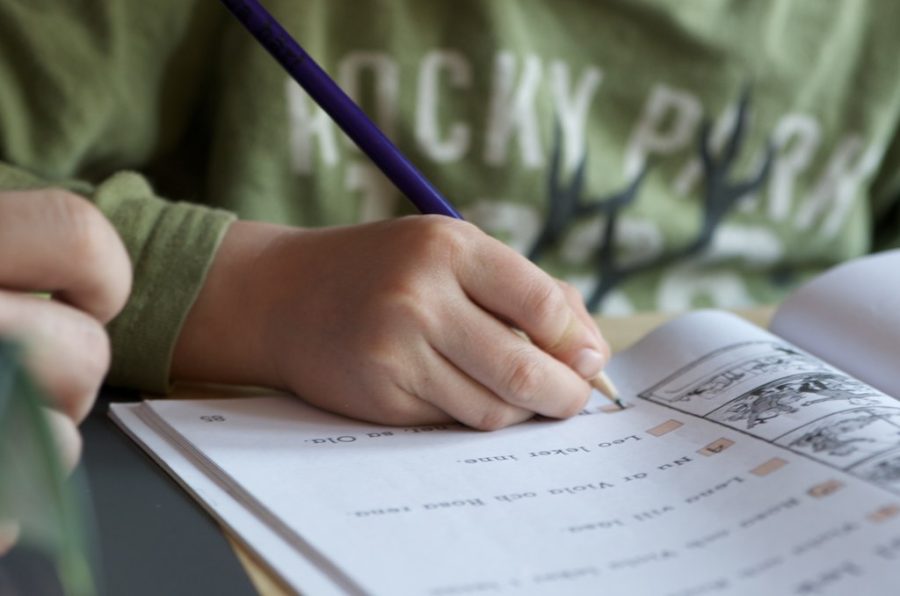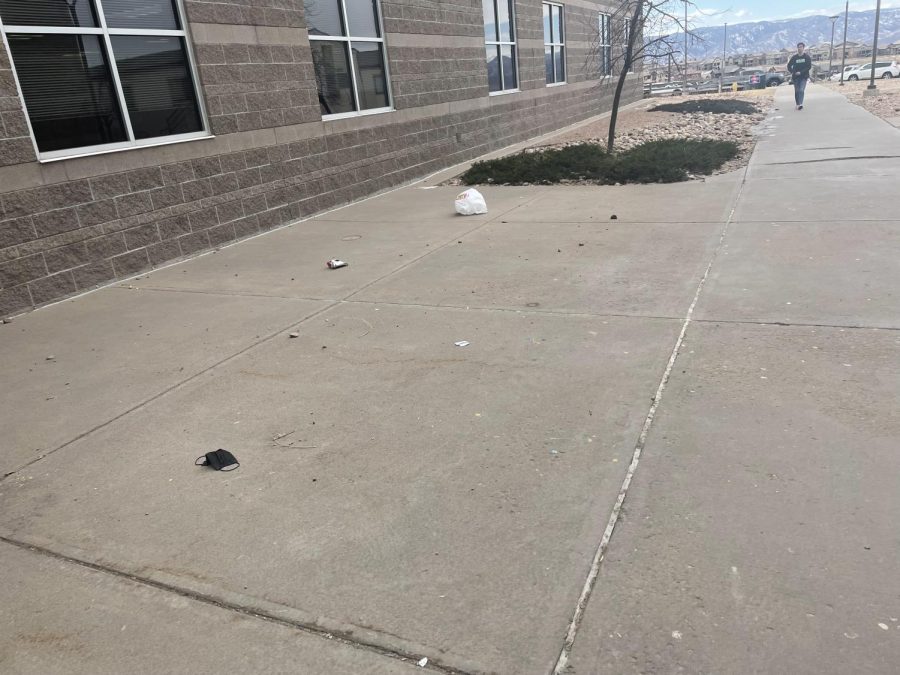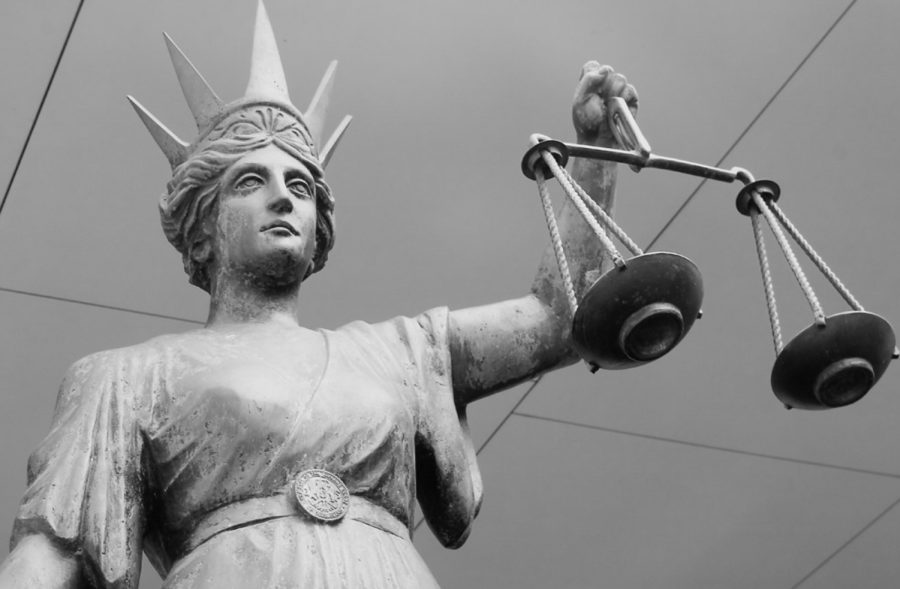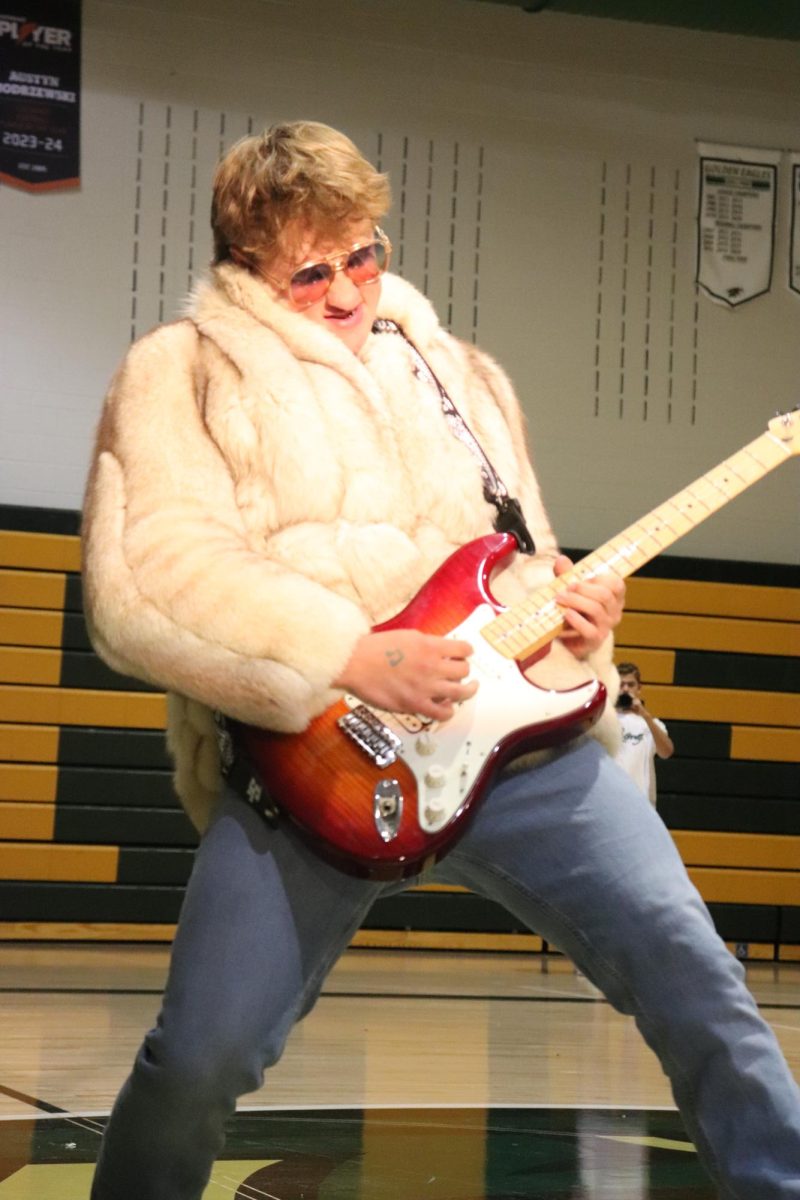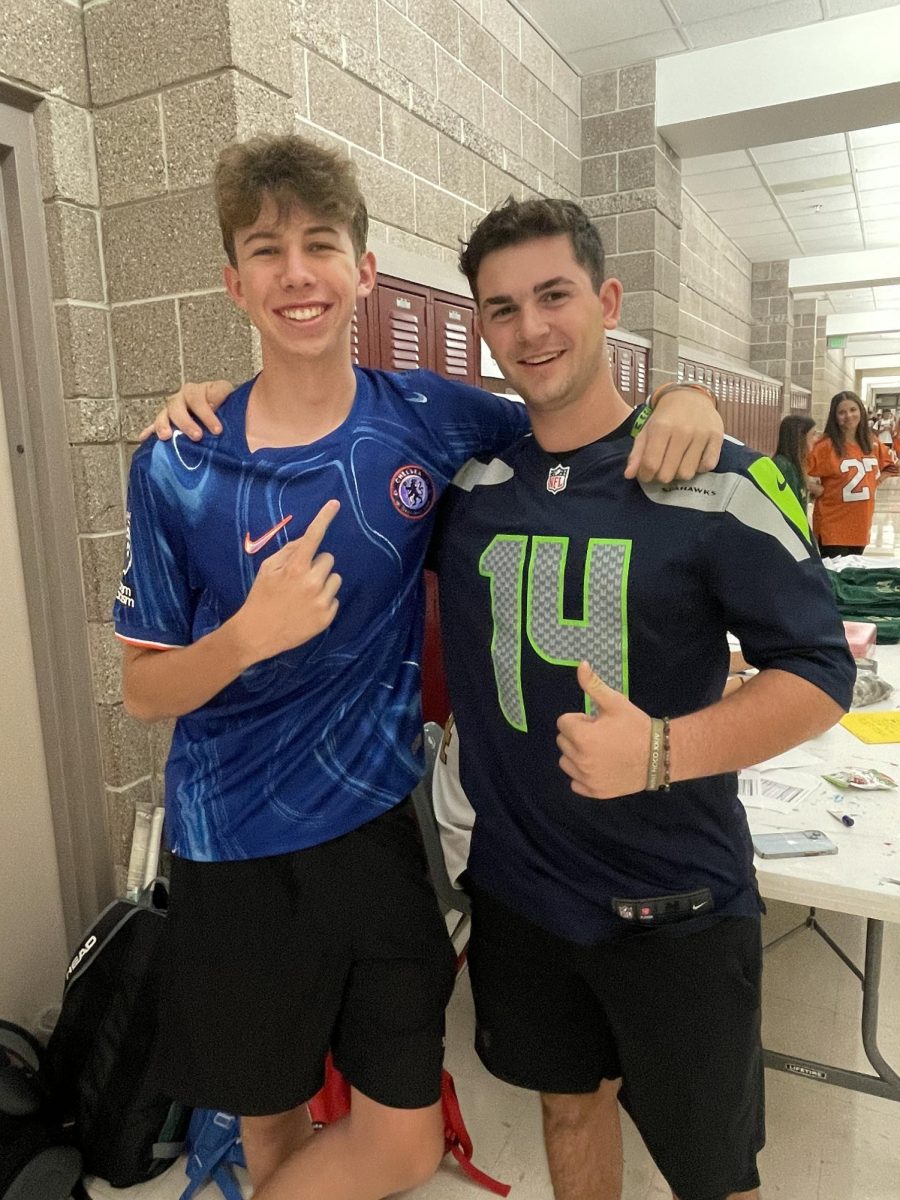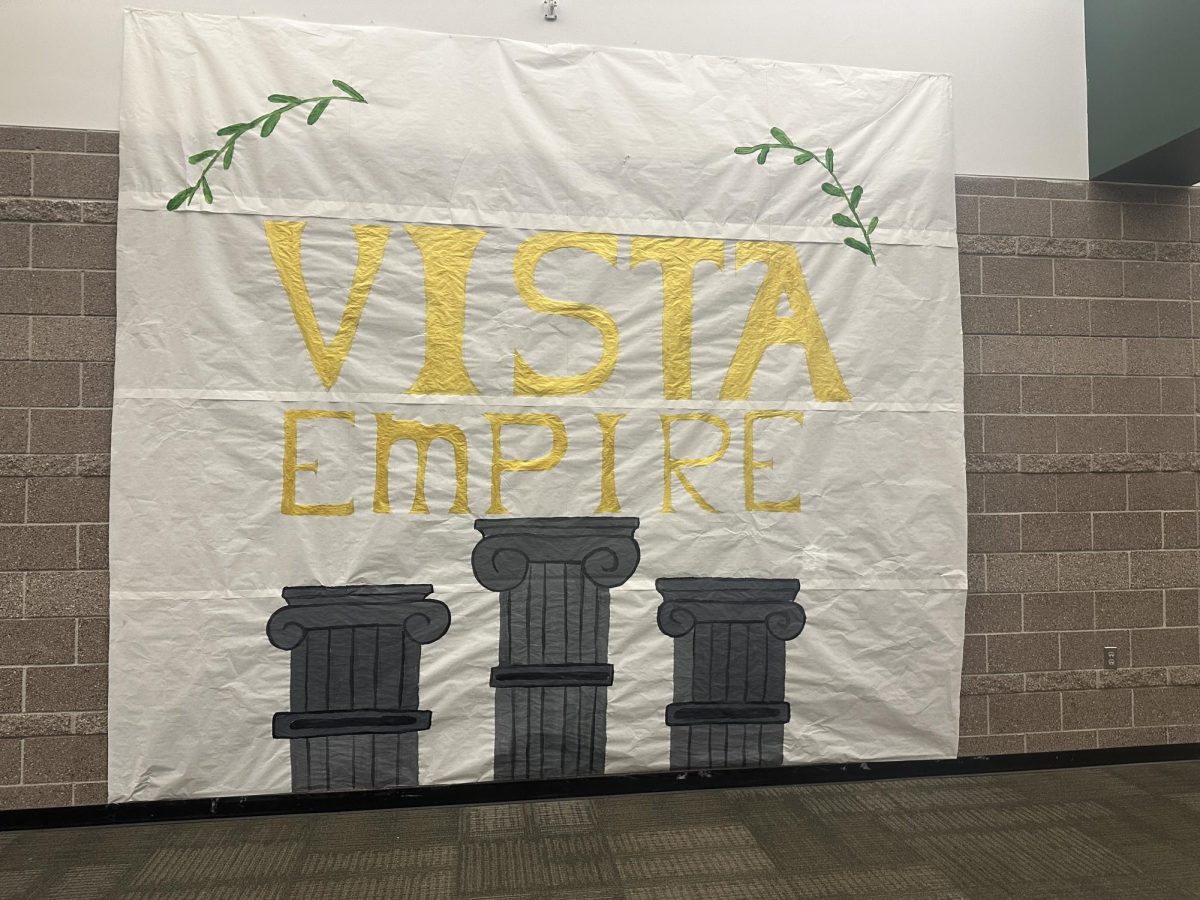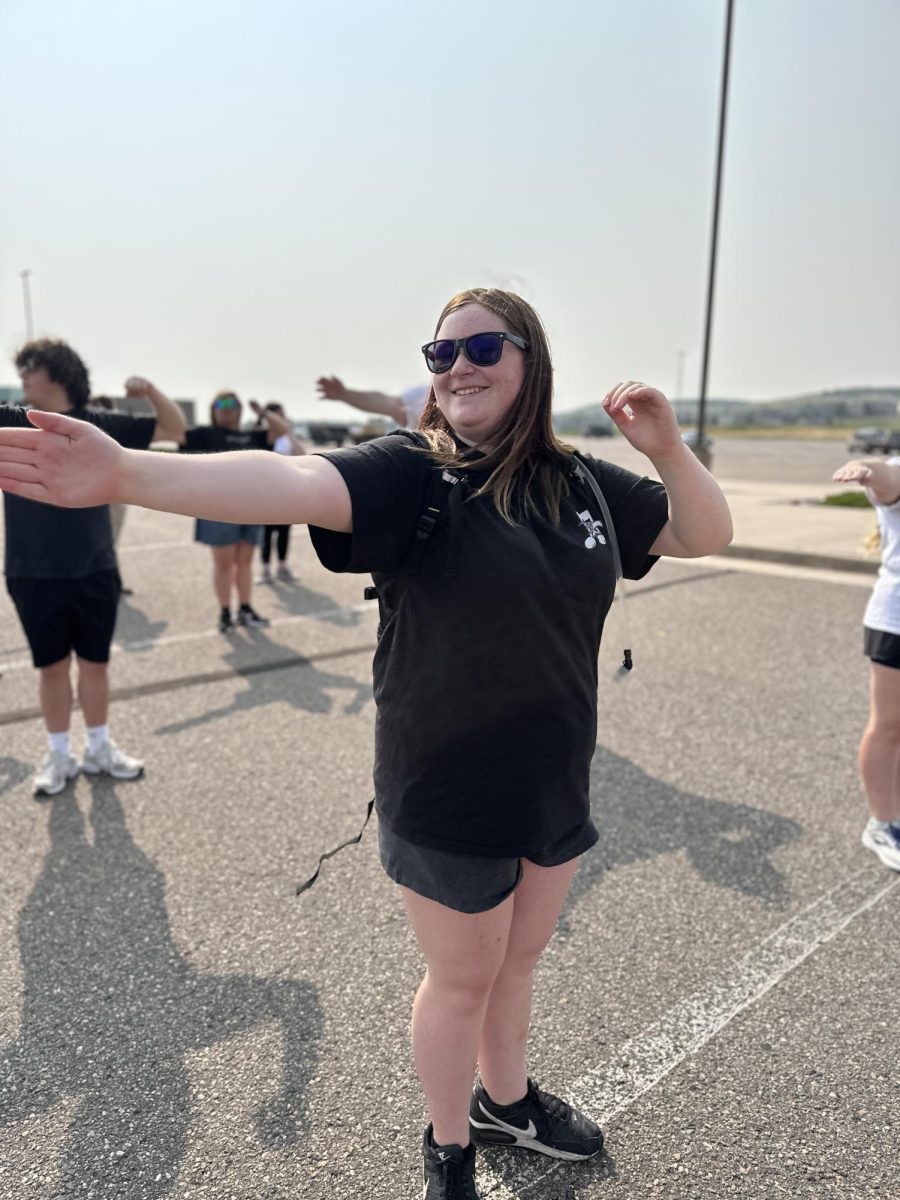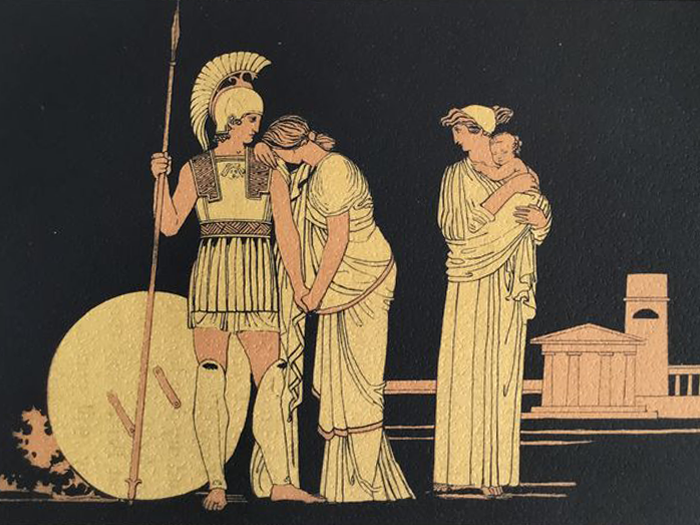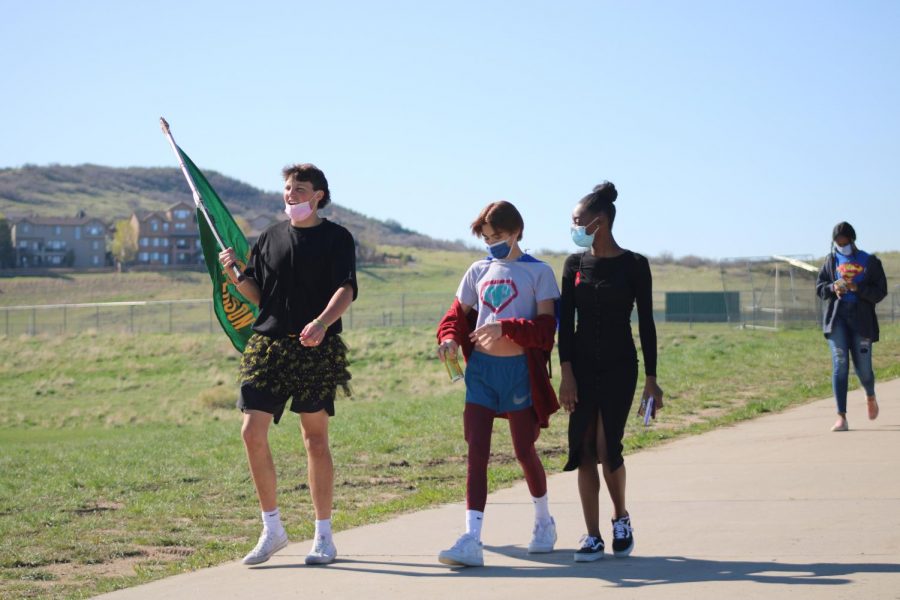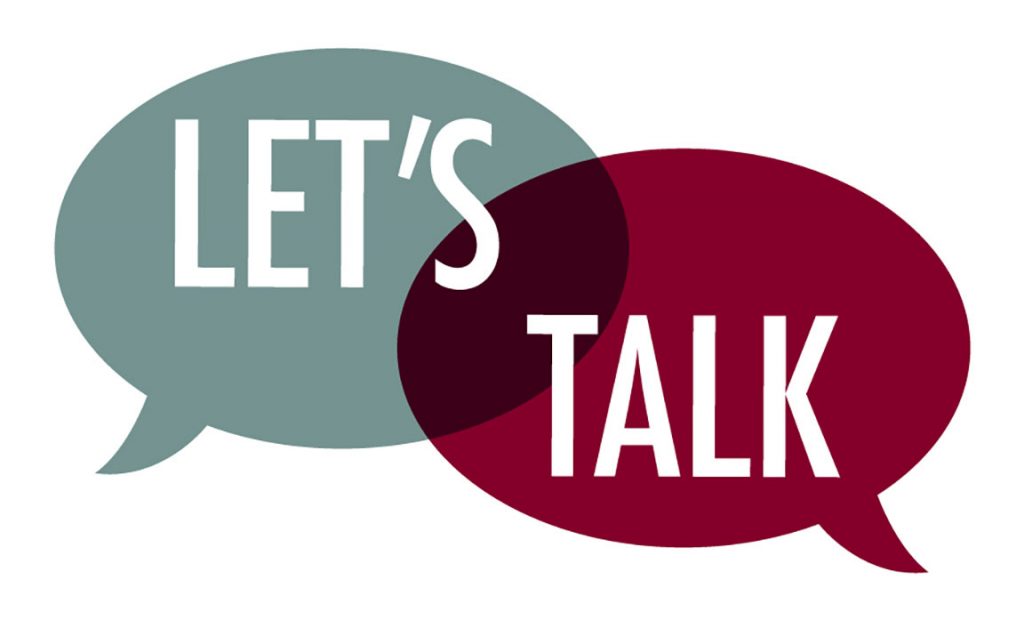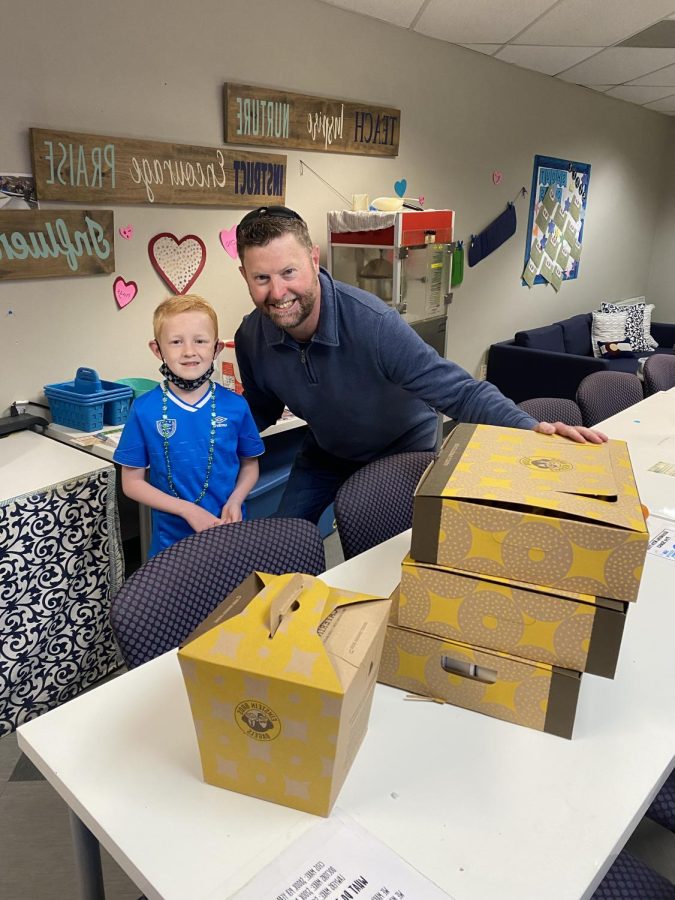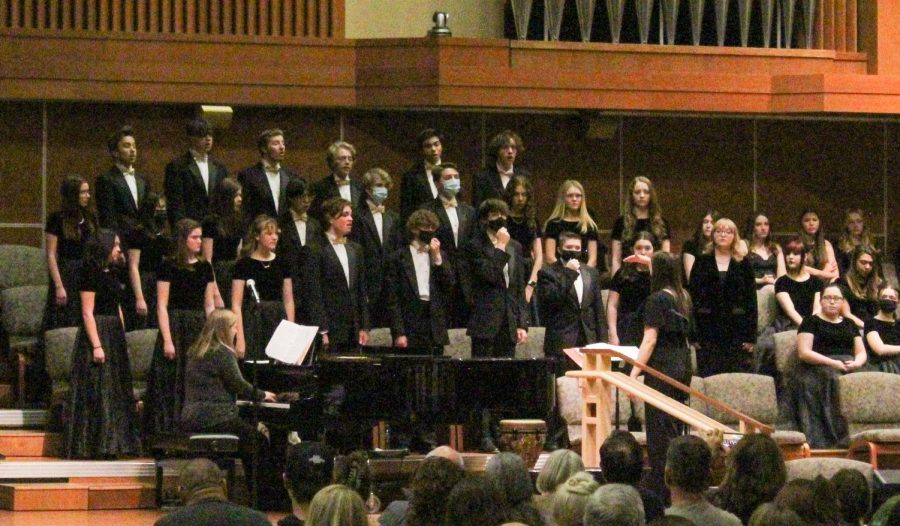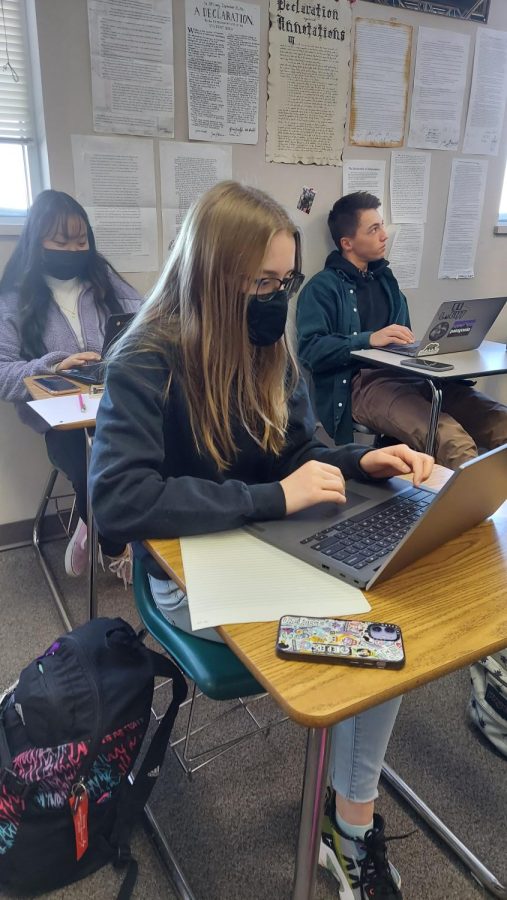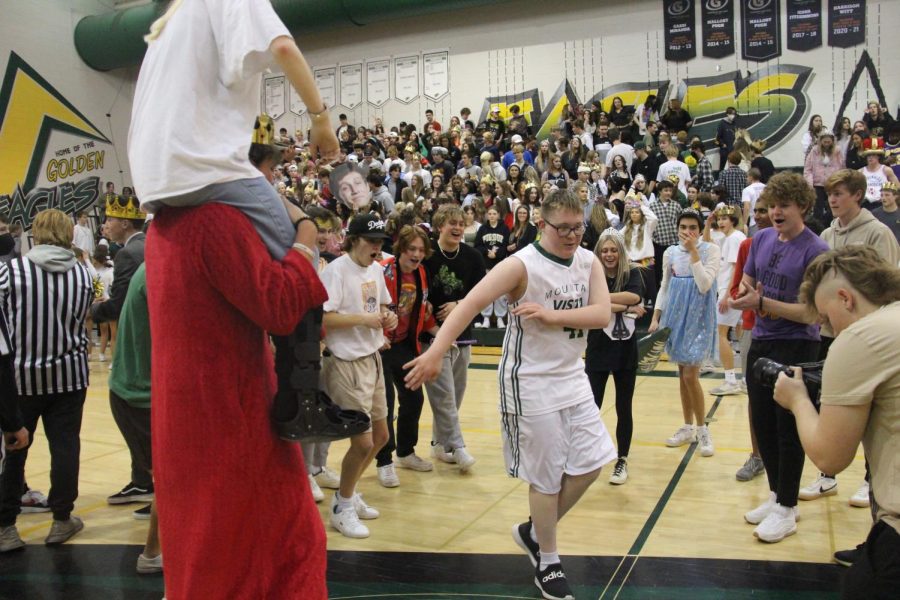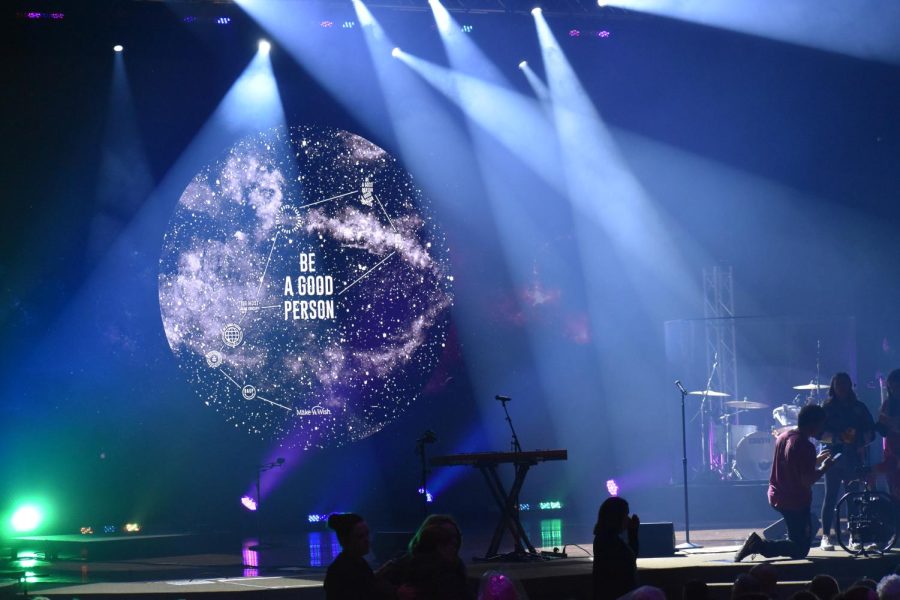Aug. 22 began as any other day. I rolled out of bed, struggled to put together a coherent outfit, made my coffee, and walked to the bus. For the majority of us, our Wednesday was nothing outside of normal.
Then a fight broke out during A Lunch. Our school courtyard became home to an event bursting with controversy and confusion, ultimately generating various unanswered questions: Who caused the fight? Was the fight justified? What will the consequences be?
Most importantly, do students have the right to know the truth of a situation? Or, should we — the Vista community — be left to fill in the blanks?
Michael Weaver sent a vague email to parents that night, but the email did not address the alleged threats. This left the Vista community completely confused. Students took to social media to find answers.
Principal Weaver clarified the vagueness of the email. “The limited communication was driven by the situation.” Weaver explained, “There was a lot of school based consequences. There was a lot of interest and involvement from law enforcement, which really put the binds on us.”
The Family Educational Rights and Privacy Act (FERPA) is a federal law that protects a students’ privacy from the public. Weaver had an obligation to protect the students involved, therefore could not be overly descriptive in what he told us. However, as the situation continued to spiral out of control, FERPA laws blocked him from reassuring the community.
This was a massive failure in the system. FERPA laws are supposed to protect us. Instead they kept us in the dark.
The day after, I woke up to my phone buzzing with notifications. Was there a present danger? The alleged threat, regardless of its credibility, was fear-inducing. A familiar anxiety spread through my body as I read my text messages and scrolled through Instagram.
I was in elementary school when 26 people — 20 of them children — were killed at Sandy Hook. I remember being confused, but as people explained what happened, I was introduced to a fear that would follow me.
I don’t think there is a word accurate enough to describe the fear. It’s a terror that forms in the gut. After Sandy Hook, the feeling — the one that makes your heart stop and your palms sweat — is no longer new to me. I feel it at movie theaters, at malls, at concerts, while walking down the street, and, sadly, at school.
As always, that fear was with me as I walked into school on Thursday. It was magnified because that morning my little sister cried, fearing that my mom — who works in the library — and I would not come home from school.
It does not matter if the fear was exaggerated or fake, it was there, and left unaddressed. I was not alone in this concern.
Students filled social media with misinformation. But who could blame us? When we were not given any information on the situation, we made our own story. One that was inspired by the fear we feel everyday.
The unclear email sent to the Mountain Vista community on Wednesday night referenced the fight, not the terrifying narrative that followed. Weaver did not discuss the alleged threats with us until the assembly the following day. To some of us, as we walked into school that Thursday, those threats were real.
A school shooting narrative was born from the fight all because of misinterpretation, and the heavy FERPA restrictions. In our current society we do not have the luxury of saying that something terrible could never happen. Tragedies do happen: Columbine, Sandy Hook, Parkland are our reality. The fear we feel is present and real.
Weaver had his hands tied. “I recognized that the components of the altercation would raise some interest, and I also recognized that kids out there were filming it and that it’d be a social media component.” Certain laws limited what he could tell us. However, this does not change the reality: if we had been reassured that there was no danger, false information would not have spread around our community and social media.
Ultimately, what should we take away from the incident? First, we need to begin to talk about things that make us uncomfortable. Ask your questions, unapologetically. Let’s talk about this incident and turn it into something productive. Let’s engage in discussions about our fears. Talk about it.
Second, changes should be made. When a threat like this is made, the student body deserves to be told whole truths — not just chosen fragments. The social media outcry was inevitable in a school with roughly 2,200 students. Television personality Mr. Rogers once said, “We often find that their fantasies are very different from the actual truth. What children need to hear most from us adults is that they can talk with us about anything and that we will do all we can to keep them safe in any scary time.” The terrifying narrative was derived from a lack of truth. It could have been avoided.
Lastly, we have to acknowledge that the rumors spread, can be traced to social media. Weaver said, “[Social media] greatly, [influenced this] in a lot of different aspects. The 20-second video of the altercation was out there, before we could even talk to the kids.”
We need to realize that social media has made all of us lose respect, and allowed us to spread false information easily. Use social media as a tool to reach people, and find answers, not as an outlet to shame people, or highlight violence. Get up in the morning, make your coffee, put on your “Be A Good Person” shirt, but this time, stop, read it, and live it.
Updated to reflect edits Sept. 10.

